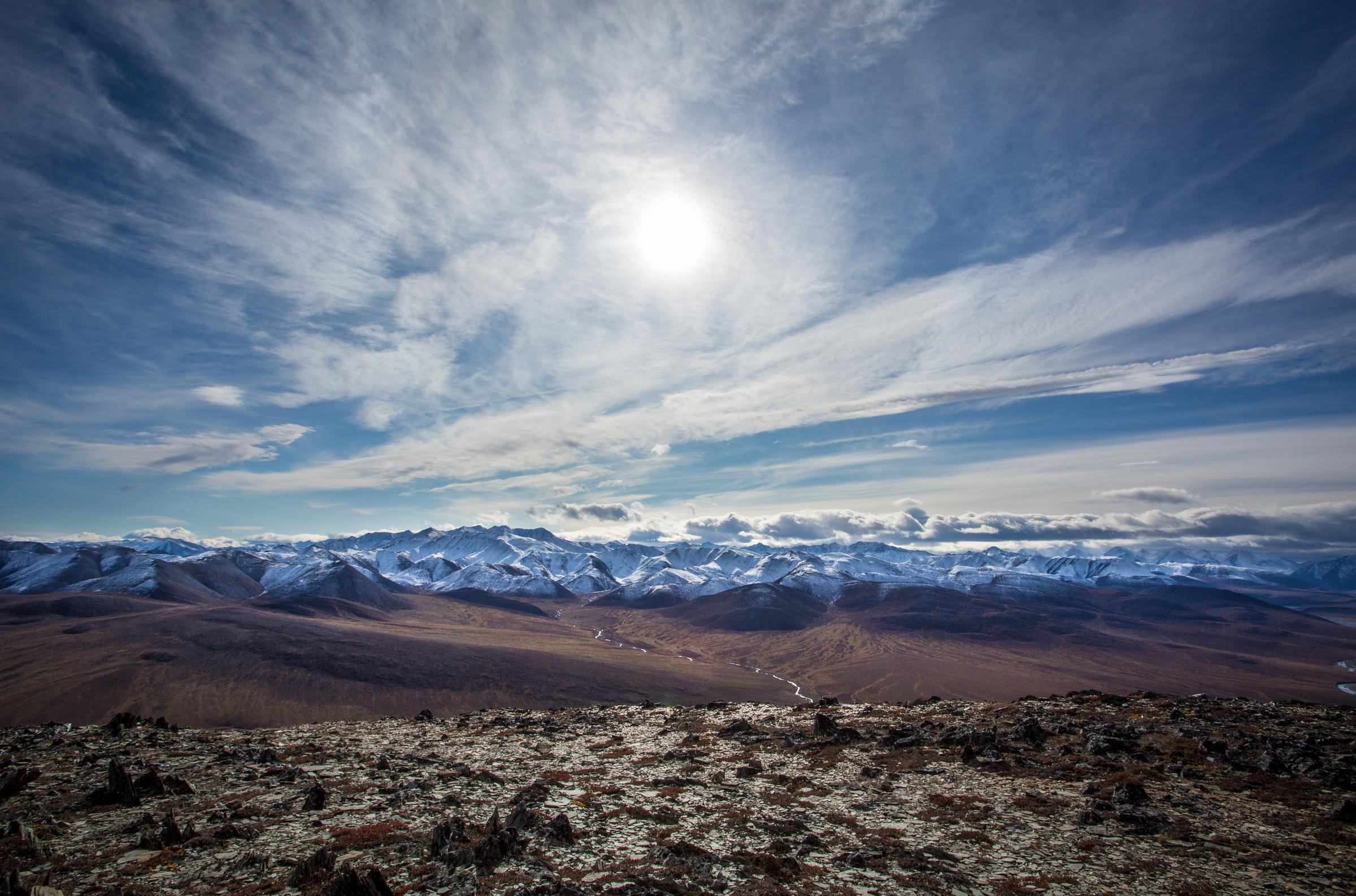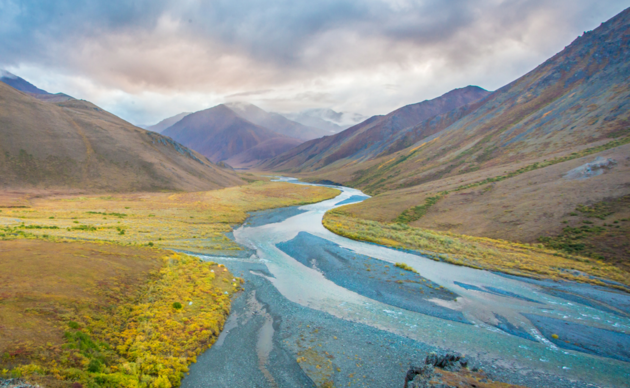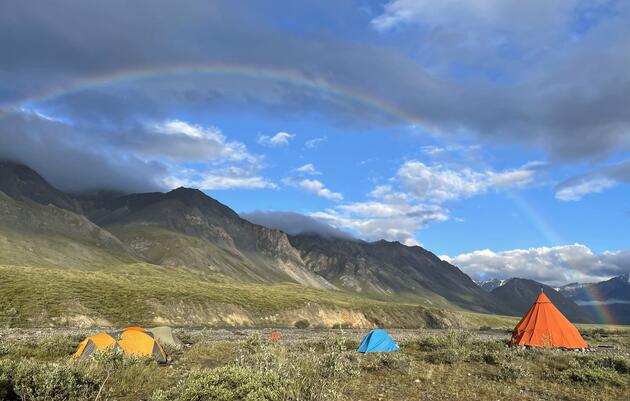The Arctic National Wildlife Refuge is the largest national wildlife refuge in the United States. It is also the biggest and wildest publicly owned land in our country. Located in Alaska's northeast corner, it is home to a wide variety of species, such as polar bears, caribou, and wolves. Millions of birds from around the world migrate to (or through) the Arctic Refuge each year.
Birds migrate from across the United States and from six continents to feed, nest, and raise their young in the Arctic Refuge. It is an ideal location where birds can take advantage of the burst of plant and insect life during the long days of the Arctic summer. It is often referred to as the world's bird nursery.
First set aside by Dwight D. Eisenhower as the Arctic National Wildlife Range in 1960, this is the United States' only conservation unit that encompasses an entire Arctic ecosystem. When President Eisenhower acted, he had the wisdom and foresight to include the entire ecosystem, both north and south of the Brooks Range, including the biologically rich Coastal Plain, which is essential to the integrity of this ecosystem. The Coastal Plain is the heart of this wild Arctic ecosystem, supporting the 197,000-animal Porcupine Caribou Herd, millions of migratory birds, and a full complement of large predators, such as wolves, grizzly bears, and polar bears.
In 1980, Congress enlarged the original range to protect additional wildlife habitat and to establish the Arctic National Wildlife Refuge. In the same move, Congress closed the Coastal Plain to oil development, and any move to allow oil drilling activity would require a new act of Congress.

In 2017, President Trump signed a tax bill into law that included a provision that opened the Arctic National Wildlife Refuge to oil and gas drilling to offset massive corporate tax cuts. Then in January 2021, an oil and gas lease sale was held with the Alaska Industrial Development and Export Authority emerging as the highest bidder.
On January 20, 2021, the Biden-Harris Administration put a temporary halt on oil and gas development in the Arctic National Wildlife Refuge. There are also several lawsuits proceeding through the court system to stop oil and gas development in the Refuge, including National Audubon Society v. Bernhardt.
Finally, on September 6, 2023, the Department of the Interior announced it was canceling the illegal Trump-issued oil and gas leases on the Coastal Plain of the Refuge. The Interior then initiated the much-needed process of reassessing the environmental impacts of the Refuge’s Trump-era oil and gas leasing program by issuing a draft supplemental environmental impact statement (SEIS) that better recognizes the conservation needs and cultural distinction of the Refuge.
Related
Nesting Birds in the Heart of the Arctic
Each year, many birds come to the Arctic Refuge to breed and raise their chicks. Read their stories.
What's Going on in the Arctic?
Here's a breakdown of the historic actions the Biden administration and Department of the Interior made about America’s Arctic—and what work to further protections still needs to be done.
Voices of the Arctic
Read more about Julia's travel to the Arctic National Wildlife Refuge to interview local Iñupiat and Gwich’in elders.
How you can help, right now
Donate to Audubon
Help secure the future for birds at risk from climate change, habitat loss and other threats. Your support will power our science, education, advocacy and on-the-ground conservation efforts.
1% for the Planet
We are proud to be part of the 1% for the Planet network. If you own a business, please consider joining 1% for the Planet to support Audubon Alaska’s conservation efforts.








